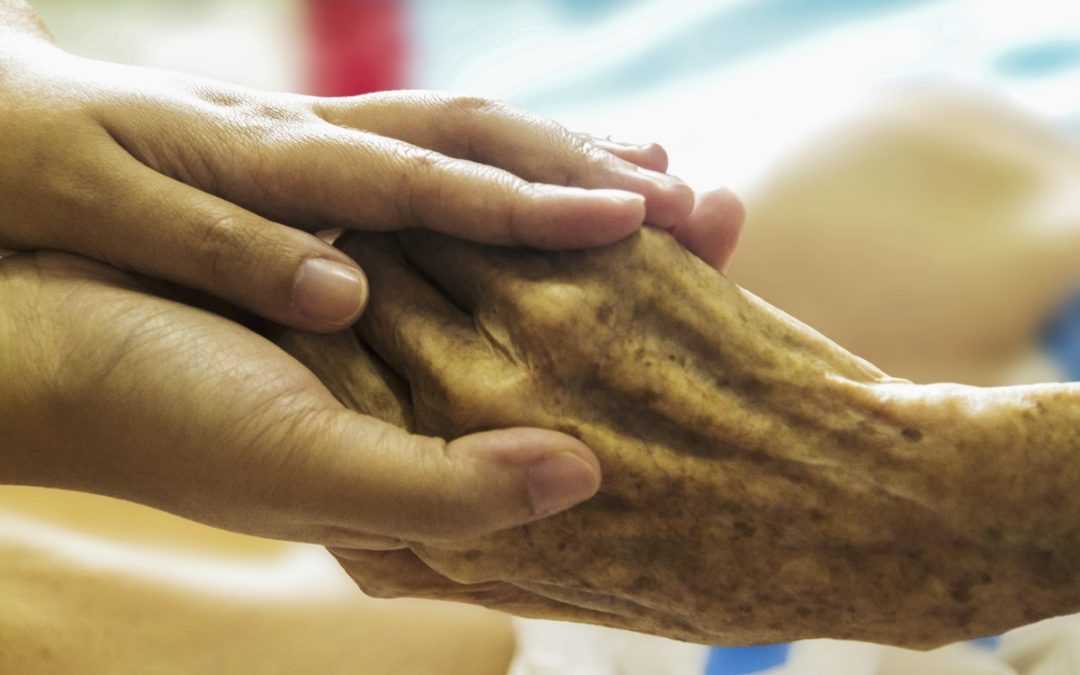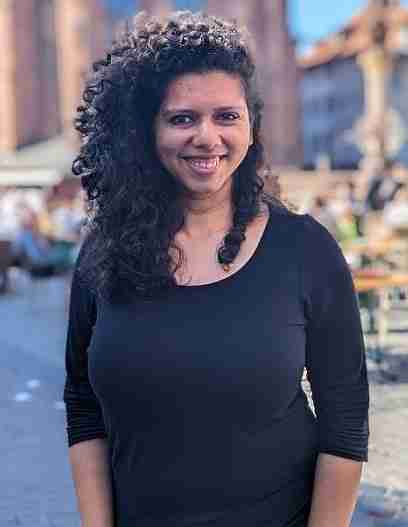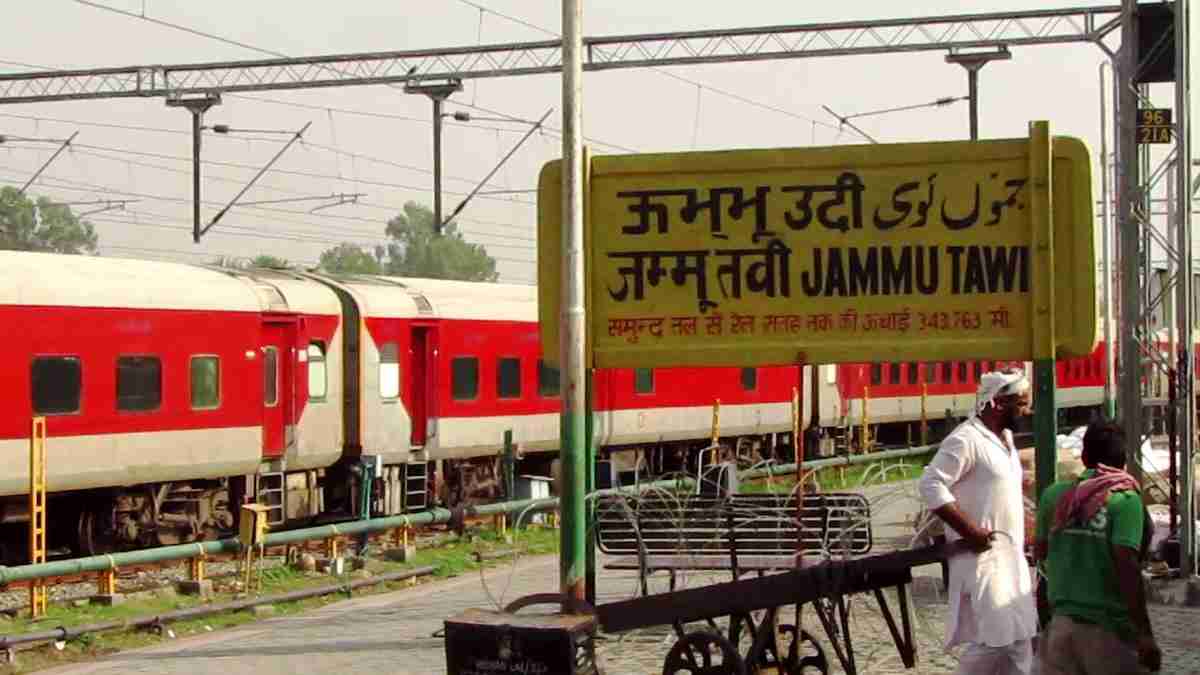Advanced Medical Directive: How end-of-life decisions can be executed (Part 2)
In the first part of this series on Advanced Medical Directive (AMD), Advocate Shiv Kumar, who is a senior advocate of the Karnataka High Court—and also a member of Silver Talkies—explained the rationale behind this concept, that is useful for any person who wishes to continue a dignified life, and possibly death, in case their health deteriorates. In this second and concluding part of the series, we look into the ways in which the AMD can be executed, after it might be drafted.
An AMD can include the following clauses as conditions for the document to executed: artificial nutrition or hydration, comfort care, cardiopulmonary resuscitation (CPR), life-sustaining treatment, persistent vegetative state, terminal condition, transfer to palliative care or hospice, or use of ventilator.
If a person (who has created an AMD for themself and has proceeded with the steps to make it a legal document) falls terminally ill, or undergoes prolonged treatment with no hope for recovery, or if they are unable to make decisions for their treatment, then their physician needs to be made aware of the existence of the AMD. Advocate Kumar says that it is the onus of the physician to ascertain the authenticity of the document, and that the doctor is aware of the health conditions of the person.
Next, the physician must inform the person’s relatives about the person’s ill-health, as well as the availability of medical care, any alternatives, the cost of any further treatment and a realistic view of the person’s health. The physician should have themselves arrived at the conclusion that withdrawal of treatment is the best course of action for the person.
The hospital where the person is admitted should constitute a primary medical board comprising the person’s main physician, and at least two subject experts of the concerned medical speciality with at least five years of experience. This board must visit the person in presence of their family, within 48 hours of being constituted; this has to be done towards deciding whether the AMD should be executed or not. Advocate Kumar says that this step is regarded as preliminary opinion.
If the preliminary opinion is to effect to instructions, then the next step is for the hospital to constitute a secondary medical board, comprising one registered medical practitioners nominated by the chief medical officer of the district, along with two subject experts of the concerned medical speciality, but not the same people who might have been part of the primary medical board. Advocate Kumar says that this secondary medical board should visit the person, and must ascertain the wishes of the person, if s/he is in a position to communicate and confirm that they understand the consequences of withdrawal of treatment. If the person’s decision-making ability is impaired, then the consent of the closest relative or guardian must be taken—who might be named in the AMD—to follow the steps towards withdrawing treatment.
If there is an agreement on all fronts, then the hospital must convey the decision of both the boards, as well as the consent of the person (or their guardian) to the jurisdictional Judicial Magistrate of First Class (JFMC).
But what if the secondary medical board comes to the conclusion that the person should continue their treatment? Advocate Kumar says that in such a scenario, the guardian of the person named in the AMD, or even the person’s physician, or the hospital staff, are entitled to approach the High Court of that state through a Writ Petition. Then, the Chief Justice of that High Court must constitute a Division Bench to hear the petition; the High Court can also constitute its own independent committee comprising three doctors from the disciplines of general medicine, cardiology, neurology, nephrology, psychiatry or oncology—with their experience in critical care and with at least 20 years in the medical profession.
Advocate Kumar reminds us that the AMD cannot be applied to the treatment that the person might be undergoing at that moment, if there are reasonable grounds to believe that the person had not anticipated such a situation for themselves, when they had made the AMD. Similarly, if the language in the AMD is ambiguous, then too it cannot be executed.
But what if the person who is terminally ill or is undergoing prolonged treatment with no hope of cure in sight, had not created an AMD? Advocate Kumar says that in such a scenario, the physician must inform the hospital about the condition of the person, following which a primary board—similar to what has been detailed previously—must be constituted. This board must discuss with the person’s family about their health condition. If the family gives the consent for withdrawal of treatment, then the primary board must take the appropriate steps within 48 hours.
Advocate Kumar says that there is still a gap in people’s understanding of the AMD—as well as among the medical community—and that it is important that people have a good understanding of their health conditions and the possibilities of deterioration. “However, it is impossible to anticipate and provide details for every possible medical situation in the AMD,” he reminds us, adding that the inability to accurately visualise pain, or even guilt induced by the family, or the reluctance to discuss death openly, are hindrances to creating an AMD, along with the possibility of its misuse. “It is hence necessary to have a dialogue about this with one’s family, and create the AMD when a person’s cognitive abilities are still healthy. Also remember that an AMD can be revoked, if there is any doubt whatsoever.”
Comments
You may like to read:






Post a comment